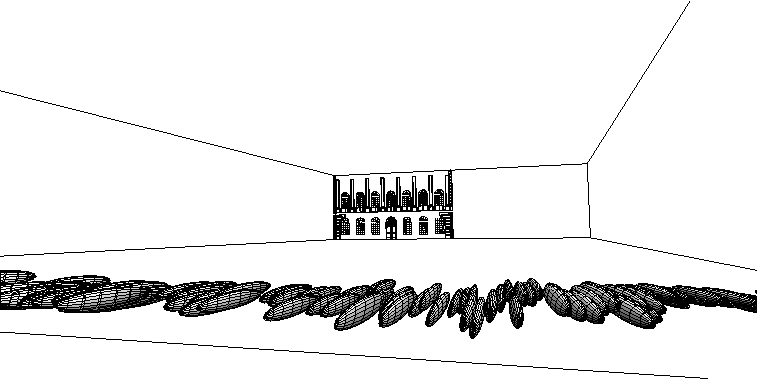
What you have to know to understand
the estimation of the uncertainty on the viewpoints is that the viewpoints
p
are recovered by minimizing a function
![]() (p).
(p).
![]()
In a sufficiently small neighborhood of p*, we may approximate ![]() by means of the first few terms of its Taylor equation :
by means of the first few terms of its Taylor equation :
![]()
where H(p*) is the hessian of ![]() computed at p = p*.
computed at p = p*.
As p* is the minimum of ![]() , the gradient is null at the optimum
, the gradient is null at the optimum ![]() so :
so :
![]()
The ![]() indifference region is
then defined by :
indifference region is
then defined by :
![]()
which is the equation of a 6-dimensional ellipsoid. The next figure shows the indifference regions for the translation parameters over a sequence :
